Following a geomagnetic storm that lasted from Friday to Saturday, China's National Satellite Meteorological Centre forecasts that another minor to moderate geomagnetic storm will occur on Monday. The impact of the previous geomagnetic storm on satellite operations was not significant, but it has allowed many skywatching enthusiasts in northern China, including Beijing, to witness the aurora borealis.
From 5 pm Friday to 8 am Saturday, due to the influence of a coronal mass ejection (CME) eruption from the sun, the Earth experienced a 3-hour geomagnetic storm with a Kp index of 7, a 3-hour moderate geomagnetic storm with a Kp index of 6, and a 9-hour minor geomagnetic storm. Currently, geomagnetic activity is still ongoing, according to the National Satellite Meteorological Centre.
The Kp index reflects the global magnetic field activity every three hours, with higher values indicating stronger geomagnetic activity.
This is the seventh occurrence of a geomagnetic storm of this magnitude this year, following events on February 27, March 23-24, April 23-24 and September 19.
CME, a typical solar eruption activity, is driven by the strong magnetic field of sunspots, ejecting hundreds of millions or even trillions of tons of coronal material at speeds of hundreds to thousands of kilometers per second, forming explosive shockwaves that rapidly propagate throughout the solar system. After being hit by these shockwaves, the Earth's magnetic field undergoes significant changes in direction and intensity, resulting in geomagnetic storms.
With accurate forecasting services, the satellite operations department has made preparations in advance, so the impact of this geomagnetic storm on Chinese meteorological satellite network FengYun is minimal, experts said.
At the same time, due to the geomagnetic storm, aurora activity has been observed in regions such as Heilongjiang, the Inner Mongolia Autonomous Region, and the Xinjiang Uygur Autonomous Region in China. The activity has been so intense that even Beijing has recorded clear sightings and observations of the aurora borealis.
On Friday night, the auroras appeared in many high-latitude areas of China, including Northeast China's Heilongjiang and North China's Inner Mongolia. According to photos taken by astronomy enthusiasts, the night sky was illuminated by red lights.
Nonetheless, what surprised people the most was that the auroras were also observed in Beijing, a lower latitude area. Observers in Beijing's suburban areas Huairou and Mentougou reported seeing the auroras.
According to the China National Geographic Channel, this is the second recorded aurora sighting in Beijing history. The last time auroras appeared in Beijing was 20 years ago in 2003, according to media reports.
After the ultra rare aurora sighting in Beijing, more astronomy enthusiasts as well as other residents headed to the northern suburbs of the capital on Saturday night, hoping to observe the aurora again.
"On Saturday night, my friends and I went to an aurora observation point in the suburban Miyun district. Along the way, we encountered dozens of people who came for the same reason," a Beijing resident named Zou told the Global Times. "Some of them were astronomy enthusiasts, some were photography enthusiasts, and some just heard about the aurora and decided to go on a spontaneous adventure."
Zou said that on Chinese social media, he saw hundreds of people making appointments to search for the aurora in various places in Beijing that night. Some experienced astronomy enthusiasts and photographers recommended several locations where auroras were seen on Friday nightand provided directions.
Unfortunately, the aurora did not appear in Beijing for a second consecutive night. "Although we waited for several hours in the cold winter night without seeing the aurora, we and other 'aurora hunters' had a wonderful night," Zou said.











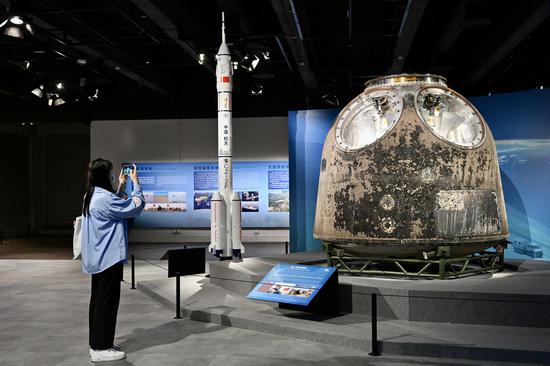
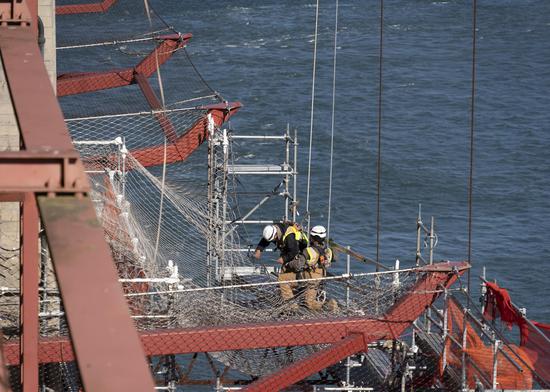


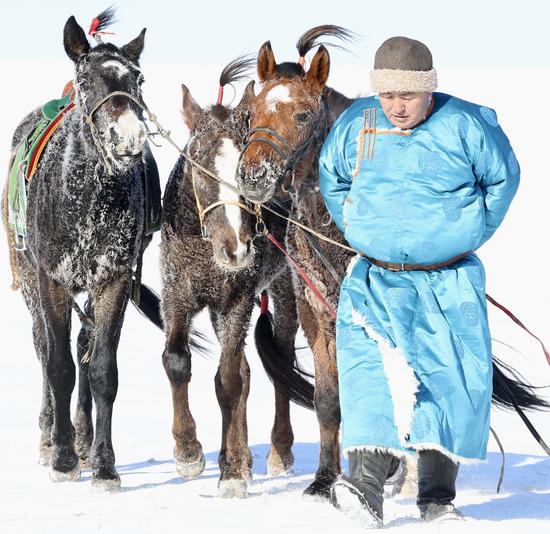






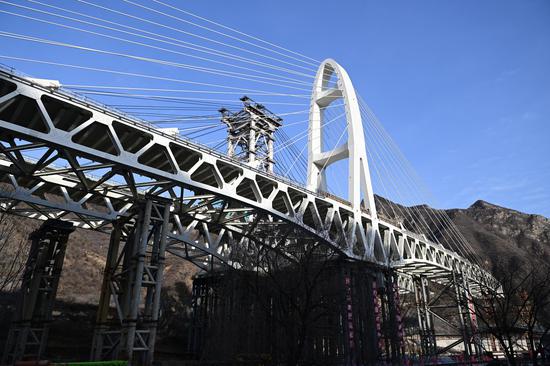

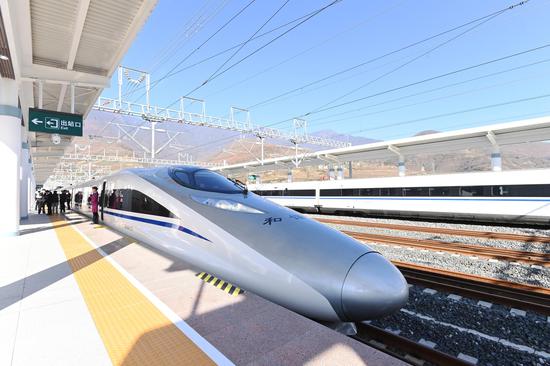




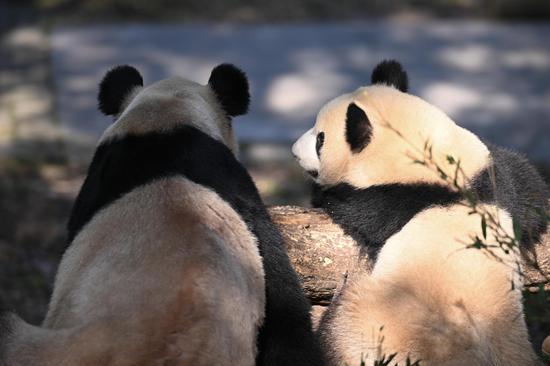
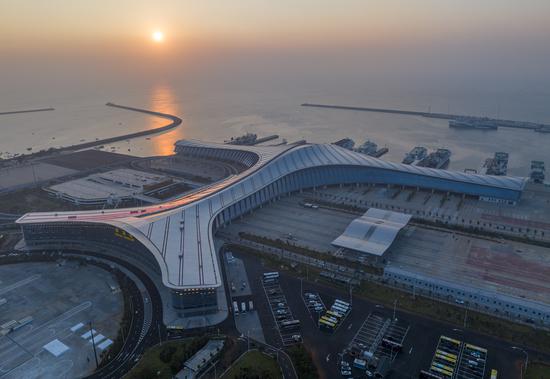




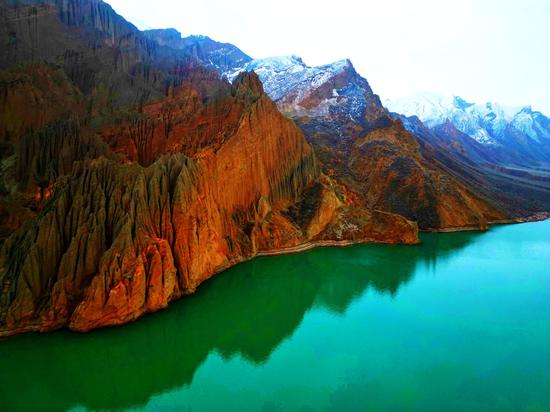
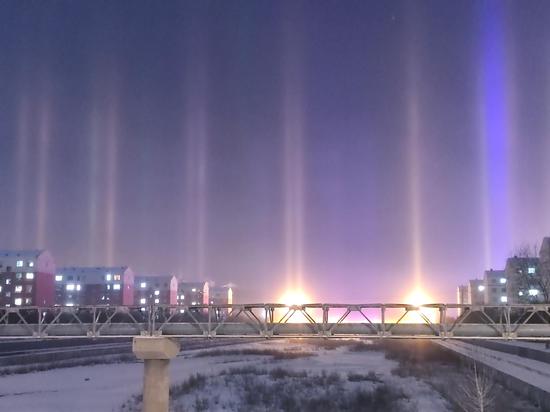
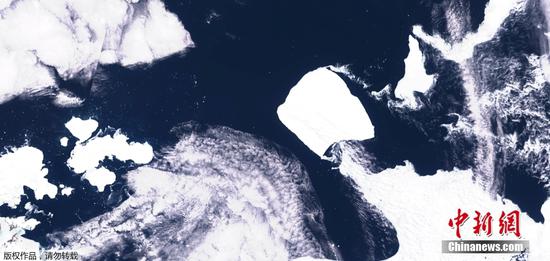


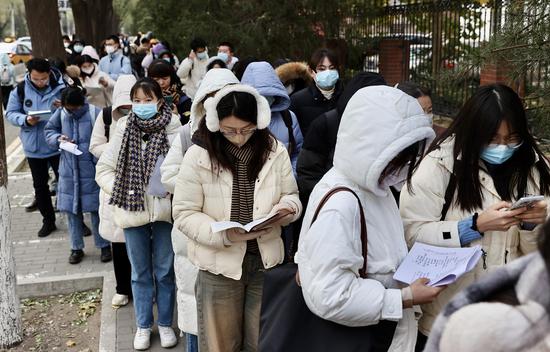


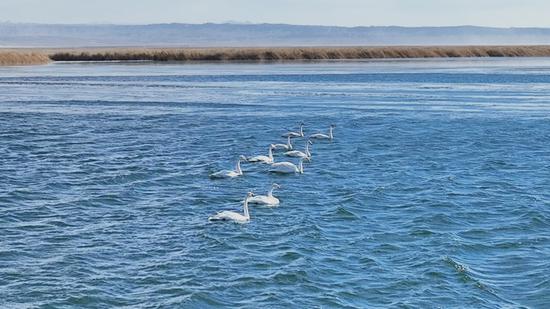




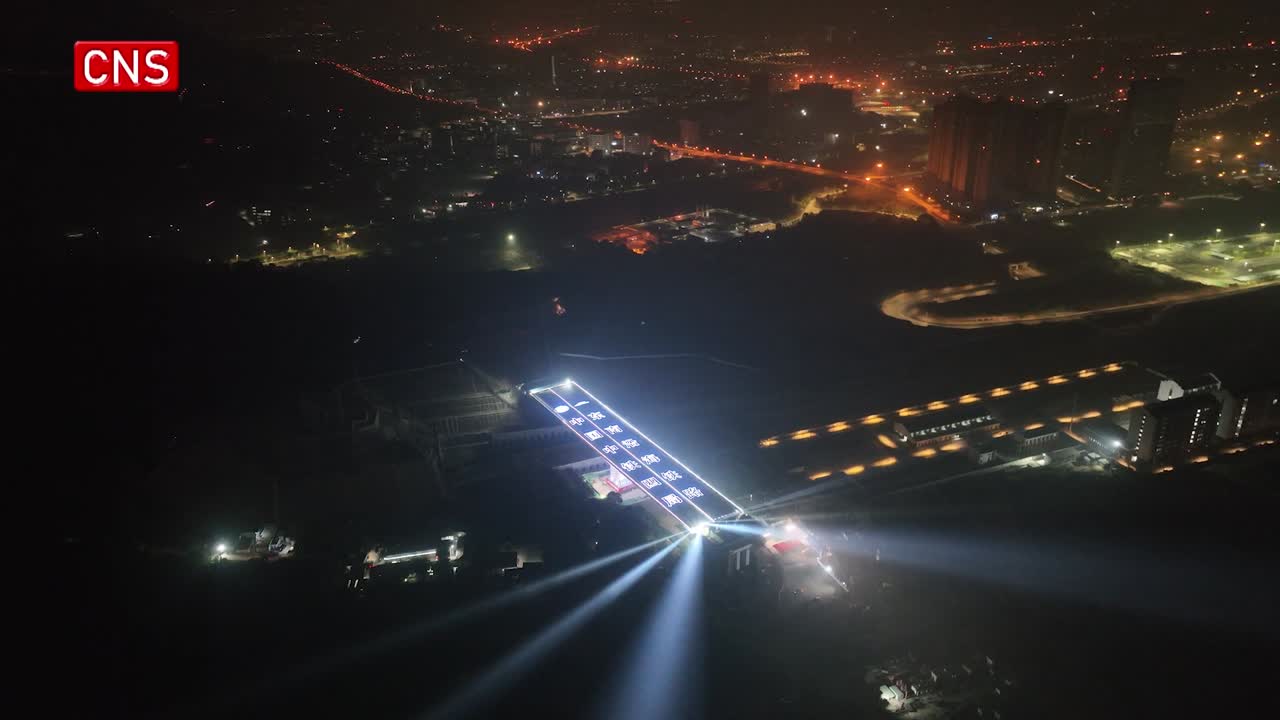

 京公网安备 11010202009201号
京公网安备 11010202009201号